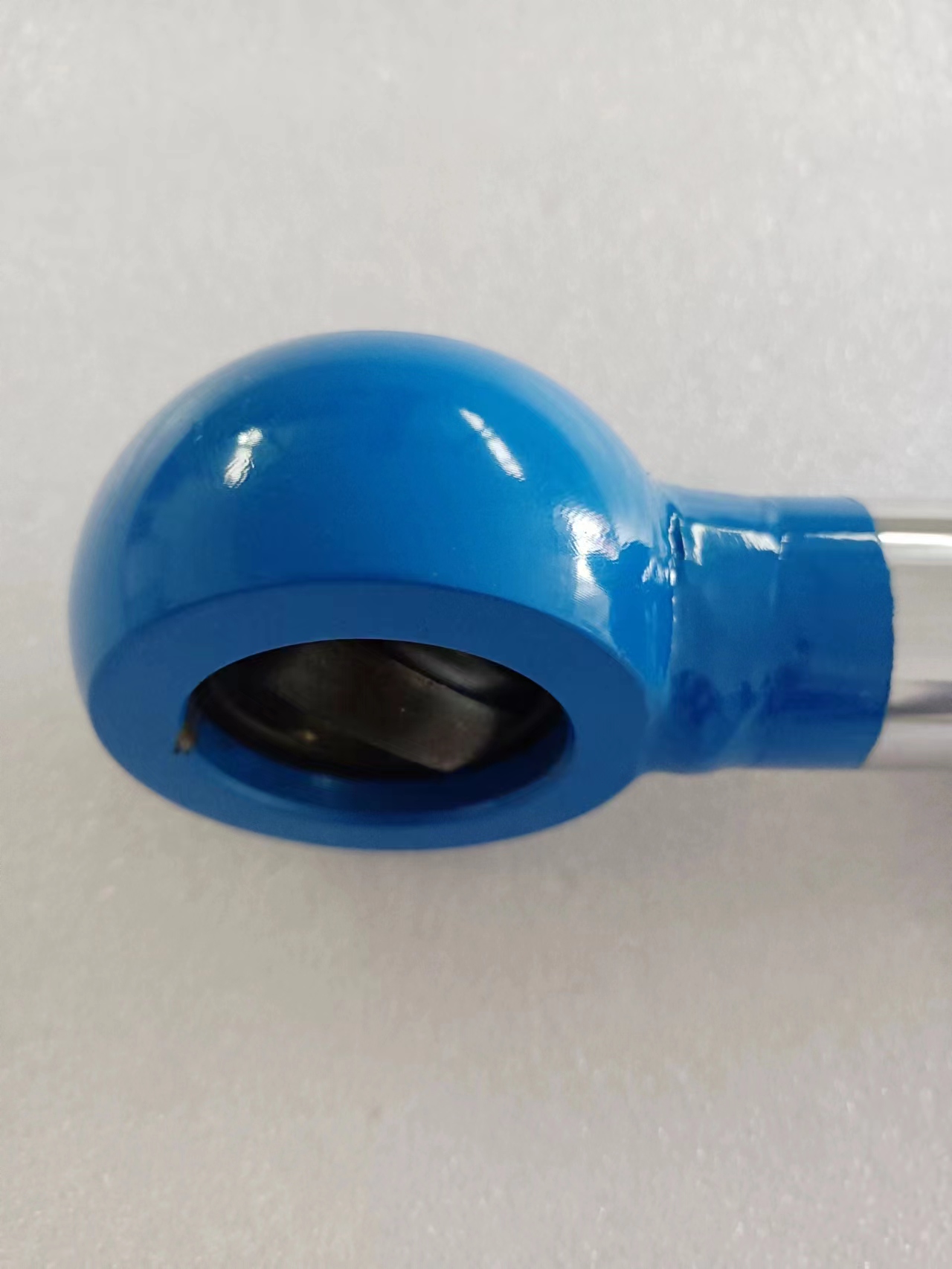Nov . 04, 2024 13:45 Back to list
calculating the force of hydraulic cylinders insights from top ...
Understanding the Force of Hydraulic Cylinders Key Insights
Hydraulic cylinders play a pivotal role in various industrial applications, from construction machinery to manufacturing equipment. Their primary function is to convert hydraulic energy into mechanical force, enabling significant lifting and pushing capabilities. Understanding how to calculate the force exerted by these cylinders is crucial for engineers and operators alike to ensure efficiency, safety, and optimal performance.
To calculate the force of a hydraulic cylinder, we first need to consider the formula
\[ \text{Force} = \text{Pressure} \times \text{Area} \]
Where - Force is measured in pounds (lbs) or newtons (N)
. - Pressure is measured in pounds per square inch (psi) or pascals (Pa). - Area refers to the cross-sectional area of the cylinder’s piston, calculated using the formula \( A = \pi \times (d/2)^2 \), where \( d \) is the diameter of the piston.An essential aspect of these calculations is understanding the pressure generated within the hydraulic system. This pressure is typically controlled by a pump, and higher pressure allows for greater force output. Moreover, the diameter of the piston directly influences the area and hence the force produced. For instance, doubling the diameter of the piston increases the force by four times, emphasizing the importance of size in designing hydraulic systems.
calculating the force of hydraulic cylinders insights from top ...

In practical terms, calculating the force aids in selecting the appropriate hydraulic cylinder for specific tasks. For example, in construction, knowing the force helps ensure that the equipment can lift heavy loads safely. Similarly, in manufacturing, it allows for precise control over machinery operations, enhancing productivity.
It is also vital to consider the efficiency of hydraulic systems. Frictional losses, fluid dynamics, and the condition of the hydraulic oil can affect performance. Thus, regular maintenance and proper system design are crucial to maximize force output and minimize energy consumption.
Industry professionals often utilize monitoring systems that provide real-time data on pressure and flow rates. This technology enables better adjustments and enhances system reliability, ultimately leading to increased operational effectiveness.
Furthermore, when calculating the force of hydraulic cylinders, safety factors should be implemented. Engineers typically design systems to exceed the necessary force ratings to accommodate unexpected loads or pressure spikes.
In conclusion, the force of hydraulic cylinders is a fundamental aspect that influences a wide range of industrial applications. By understanding the mathematical relationships between pressure, area, and force, professionals can design and operate hydraulic systems that are efficient, safe, and tailored to specific needs. This knowledge not only enhances performance but also contributes to the longevity and reliability of hydraulic machinery in various sectors.
-
Fork Lift Power Units - Hebei Shenghan | Efficiency, Reliability
NewsJul.13,2025
-
1.5-Ton Turbocharged Cylinder-Hebei Shenghan|Hydraulic Solution,Energy Efficiency
NewsJul.13,2025
-
Auto Hoist Power Units-Hebei Shenghan|Efficiency&Industrial Lifting
NewsJul.13,2025
-
Double Acting Power Units-Hebei Shenghan|Hydraulic Solutions,Industrial Efficiency
NewsJul.13,2025
-
1.5 Ton Lifting Cylinder 70/82-40-290-535 - High-Performance Hydraulic Solution | Hebei Shenghan
NewsJul.13,2025
-
Fork Lift Power Units - Hebei Shenghan | Efficiency&Reliability
NewsJul.13,2025
